
Candy Mountains, Khizi, Azerbaijan
From the “burning mountain” of Yanar Dağ to the mud volcanoes and petroglyphs of Gobustan and the beaches of the Absheron Peninsula, the Land of Fire offers an impressive combination of landscapes. And although it is at the crossroads of Europe and Asia, its people, culture and food are an exciting mix of East and West. In the capital Baku, the cobbled streets, fortresses and minarets of the 12th century Old City are juxtaposed with the modern architecture of the Flame Towers and the Heydar Aliyev Zaha Hadid Center, reflecting the huge growth of the city since the beginning of oil drilling in the 19th century.

Yanar Dağ
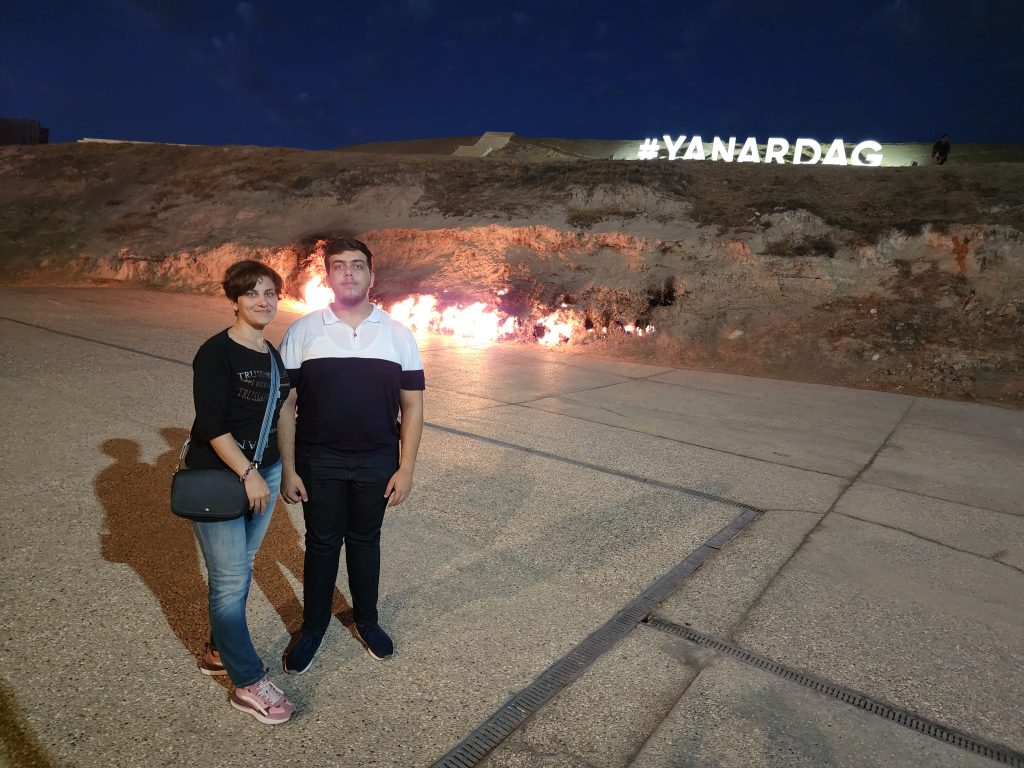
A year in Azerbaijan: from the spring Grand Prix to winter skiing adventures.

Anyone who has followed the Azerbaijani Grand Prix has seen a tempting look at what the capital Baku has to offer. The race, which takes place in the city center, passes through the streets of the city, examining both ancient and modern sights of the country, which is in motion. On April 30, the Grand Prix returns, and with it a lot of tourists cheering on the fastest men on four wheels. But Baku this is a country in the heart of the Caucasus are much more than one weekend a year. From the flaming springs and burning mountains to the peaceful coast, the country known as the “Land of Fire” is filled with a strange and wonderful geography. This historic meeting place of cultures means that there are rich traditions waiting to be explored, in a place where World Heritage sites and modern masterpieces are side by side. This year’s Grand Prix will be held in the midst of spring, which is often called the most beautiful season in Azerbaijan. The country is coming to life to celebrate Novruz, a festival that is held throughout Central Asia. The mountain snow is melting, nature is blooming, and the temperature is slowly rising, but it doesn’t get too hot, which makes this an ideal time for outdoor adventures.
Spring Awakening

The Novruz festival, which falls every year in March, symbolizes the arrival of spring after a long winter hibernation. The celebrations begin four weeks before the vernal equinox, with each Tuesday representing one of the four elements – earth, wind, fire and water. The festival dates back thousands of years, so expect ancient rituals, from jumping over bonfires to traditional dancing.

It is also a time for a feast: in March, Azerbaijan’s most beloved pastries with sweet nut filling and spices are baked, and the signature dish of Novruz is plates of lavangi – a dish of fish or chicken stuffed with nuts, and spices.
Hiking in the stunning mountains of Azerbaijan

Talysh Mountains, Azerbaijan
April marks the beginning of the tourist season in Azerbaijan, and hiking cannot be more exciting and challenging than here. Breathtaking landscapes stretch across the country, from the high peaks of the Greater Caucasus to the Talysh Mountains and the otherworldly Candy Cane mountains near Baku, named after the swirling red-and-white striped rocks. One of the most beautiful sections of the Azerbaijani road with a length of about 40 kilometers leads from the Guba-Baku highway to the west to the mountain village of Altyagaj. About halfway between them there is a picturesque valley surrounded by hilly slate mountains, whose amazing red, orange, pink and chalk curls prompted the British travel writer Mark Elliott (author of the very popular guidebook “Azerbaijan”) to give them the name of the Caramel Cane Mountain, a name that has since stuck with travelers.

Altiağac, Azebaijan
Exploring the streets of Baku


The capital of Azerbaijan, Baku, is an amazing combination of old and new. Stroll through the cobbled streets of the old city – still the cultural heart of Baku – and visit artists’ workshops, cafes and museums. Take a tour of the Maiden Tower of the 12th century, the Palace of the Shirvanshahs, the old mosques and the hammam. Modern architectural attractions include the famous Flame Towers and the Heydar Aliyev Center.

Shirvanshah Palace, Baku

Heydar Aliyev Center

Be sure to go with an appetite, as Baku is also a place where many culinary traditions of the country intersect. You will find many varieties of pilaf — rice infused with saffron, which is widespread across the country, and dushbara — dumplings filled with lamb or mutton and served in broth.
Wildlife spotting

Shirvan National Park

Absheron National Park
In spring, the national parks of Azerbaijan bloom, blooming with wildflowers and wildlife. Go bird-watching in the Shirvan National Park in the south-east of the country, where from April to June you can see giant flocks of bustards, sometimes numbering more than 25,000 birds. The lowland steppes are also home to the famous gazelle, whose population in the country has significantly recovered over the past 50 years. Closer to Baku is the Absheron National Park, which is a mixed landscape of arid plains and coastal wetlands. It is also famous for its birds, and if you are lucky, at the tip of the cape from spring to summer you will also be able to see the Caspian seal – one of the smallest species of seals in the world. Summer is hot in Azerbaijan, so getting out of the city is a good idea. From the azure waters to the high peaks, the diverse and magnificent terrain of the country offers many ways to refresh yourself. This does not mean that the cities are emptying – the cultural calendar in Baku is saturated, and these warm evenings are ideal for plunging into the nightlife of the capital.
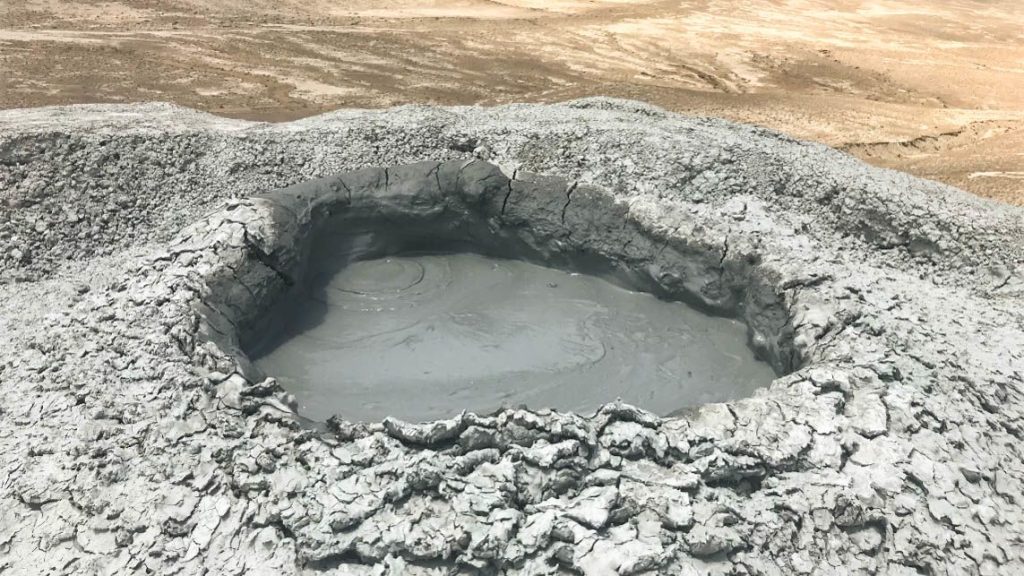
Mud Volcanoes – Azerbaijan’s greatest natural wonders
Escape to the Caspian Sea

Cost of Bilgah Beaches
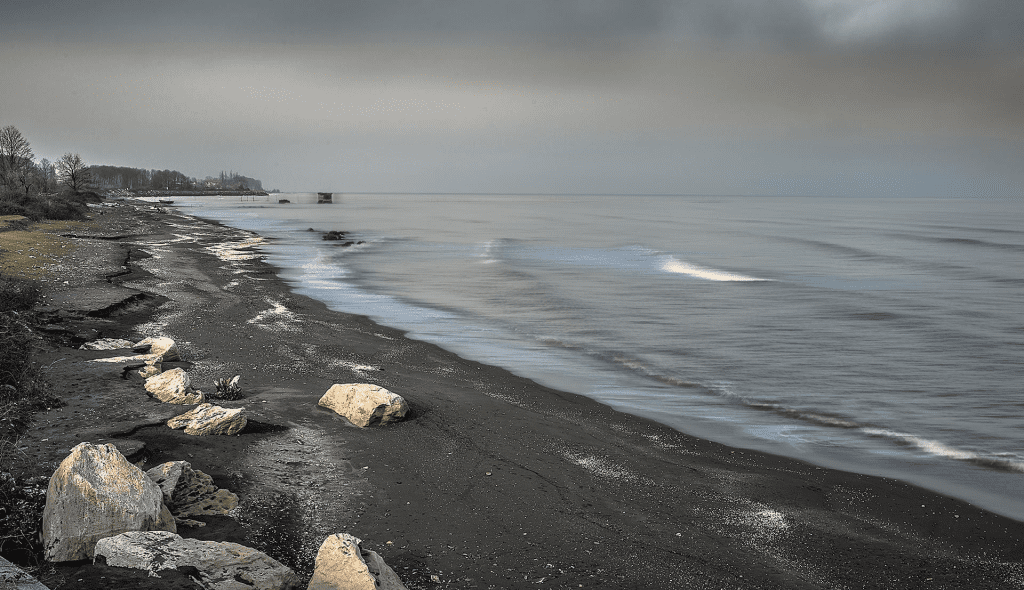
Cost of Lankaran Black-Sand Beaches
When it gets hot, locals head for the coast. Caspian Sea, which is the world’s largest inland body of water, and the weather is milder here in July and August, making it an ideal place to fight the heat. On the Absheron Peninsula, located near Baku, there are many resorts where you can relax. Beaches along the northern coast in Bilgah, Mardakan, Pirshagy, Nardaran and Zagulba offer wide strips of golden sand with a minimum number of people, and south of the capital, Lankaran is famous for its black volcanic sand. And if you don’t like to be idle, there are plenty of water sports here. Windsurfing is popular in the south of the peninsula, and a 50-minute drive north of Baku is Shorabad, where there is a well-equipped kitesurfing school.

Enjoy Azerbaijan’s first kitesurfing center where you’ll truly be able to appreciate the strength of Baku’s winds.
Discover Gobustan’s ancient rock art

Gobustan, a coastal settlement south of Baku, is home to more than 6,000 rock carvings inscribed on the UNESCO World Heritage List, some of which date back more than 15,000 years ago. Depicting scenes of hunting, dancing and animal symbols, they offer a unique insight into the prehistoric life of the region. Early depictions include bulls and horses, and in the Neolithic era (4000-2500 BC) there are scenes of sacrifices and ritual magic. In the Middle Ages, Islamic inscriptions began to appear. The works of art are scattered in 20 places located between three hills of the Gobustan State Reserve. To get to them, you need to pass Qaval Dash – one of the four “singing stones” of the reserve, so named because of the dull ringing sound that a two-meter stone makes when it hits smaller stones.
Fresh air in mountains

Great Bridge in Ilisu, Qakh, Azerbaijan
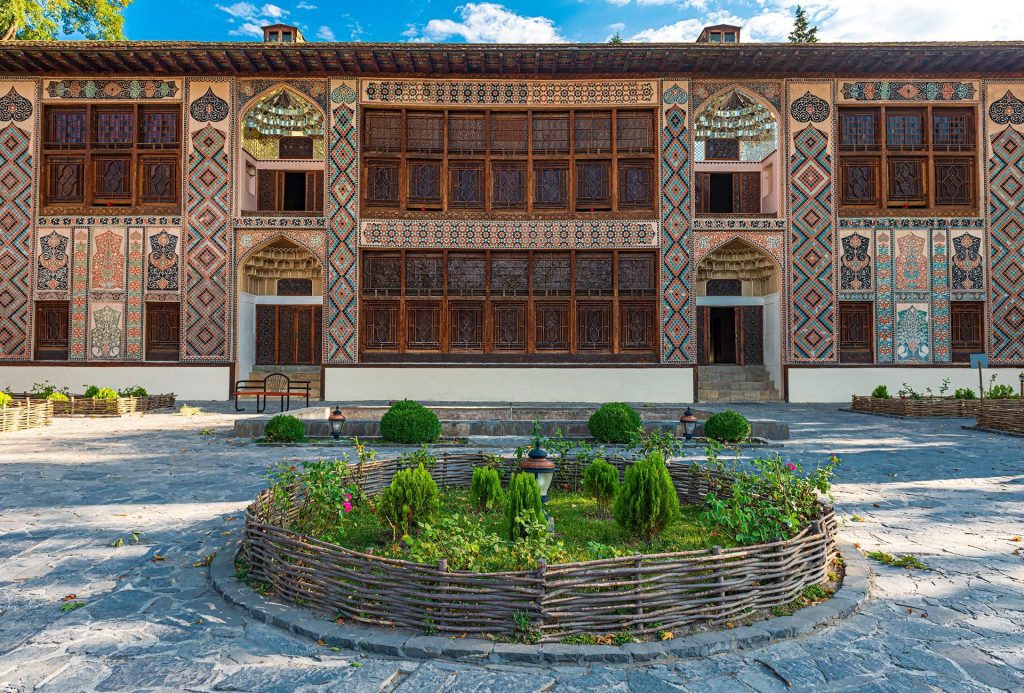
Sheki Khan Palace, Sheki, Azerbaijan
If you are not going to the coast, the best way to keep cool in summer is to go to the mountains. The town of Gakh in the northwest is the gateway to mountain villages such as Ilisu. Ilisu was once a sultanate, there are quaint stone houses and thermal springs, which are said to have healing properties. Head south from Gakh and you will find the historic city of Sheki, which was once a key trading post on the Silk Road. The main attraction is the ornate Palace of the Sheki Khan.
Autumn season in Azerbaijan

Autumn can be a long-awaited break after a sultry summer in Azerbaijan. There is still a lot of sunlight, but the temperature is falling, and the country is getting rich rusty shades. Go to the lakes and national parks and enjoy the juicy autumn products of Azerbaijan: from pomegranates and persimmons to local wines.
Try honey and wine
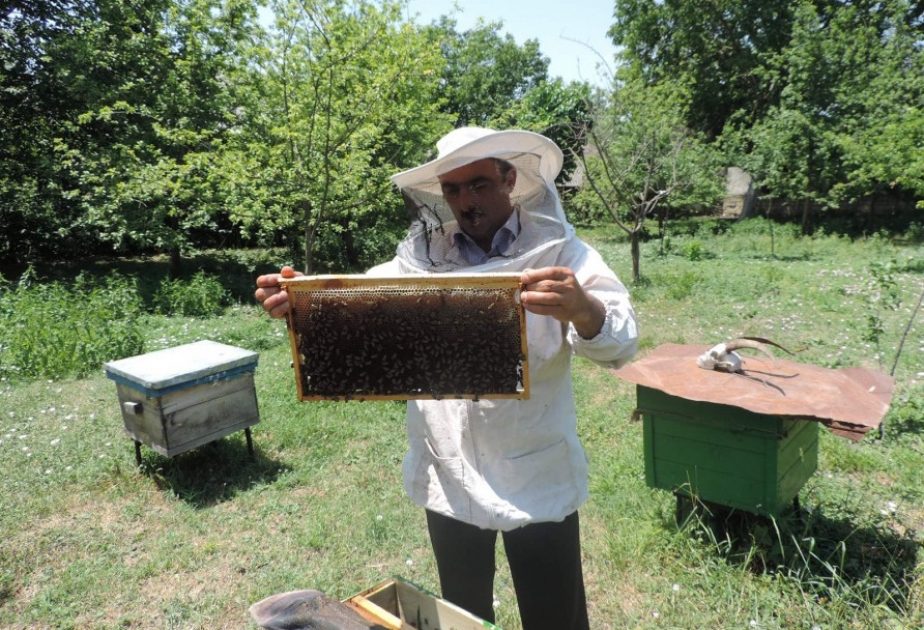
Ismayilli District, Azerbaijan

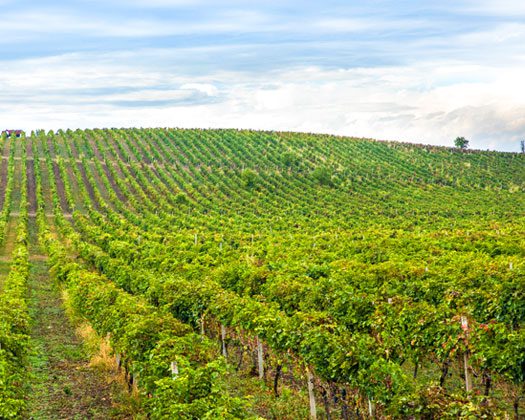
Viticulture in Ismayilli district, Azerbaijan
Azerbaijan is considered one of the ancient cradles of winemaking, where the cultivation of grapes dates back thousands of years. The grape harvest takes place in early autumn, so this is an ideal time to visit the country’s wineries. The Göygöl winery in the north-west of Azerbaijan was founded in 1860 and offers tastings in its original cellar. You can also visit Ismayilli district, located on the southern slopes of the Greater Caucasus Mountains, where the last operating collective farm in Azerbaijan is located. The Ivanovka brand (Ismayilli district) is produced from grapes here, and this area is also famous for its delicious honey – a winning combination.
Baku’s Jazz Festival

In October, Baku swings into life with its annual international jazz festival. Founded in 2005 by the Azerbaijani musician Rain Sultanov, the festival consists of 10 days of concerts and jam sessions, and has been attended by legendary global artists such as Herbie Hancock, Charles Lloyd and Diana Krall. It’s an opportunity for Azerbaijani jazz musicians to perform for the international crowd, and for visitors to listen to a diverse range of styles at venues across the city, from concert halls to cocktail bars.
The Göychay Pomegranate Festival

Pomegranates are considered a culinary treasure in Azerbaijan and have a deep symbolic meaning in the culture of the country associated with productivity, abundance, love, passion and eternity. Göychay, a region in central Azerbaijan, is famous for growing this fruit, and it is here that the annual Nar Bayrami (pomegranate holiday) pomegranate festival takes place in October, attracting tens of thousands of visitors. It’s a taste sensation: rich fruits are added to everything from jams and cakes to dumplings and stews. There are also competitions for the largest grenade and who will squeeze the grenades by hand the fastest.
Wonder at Lake Göygöl
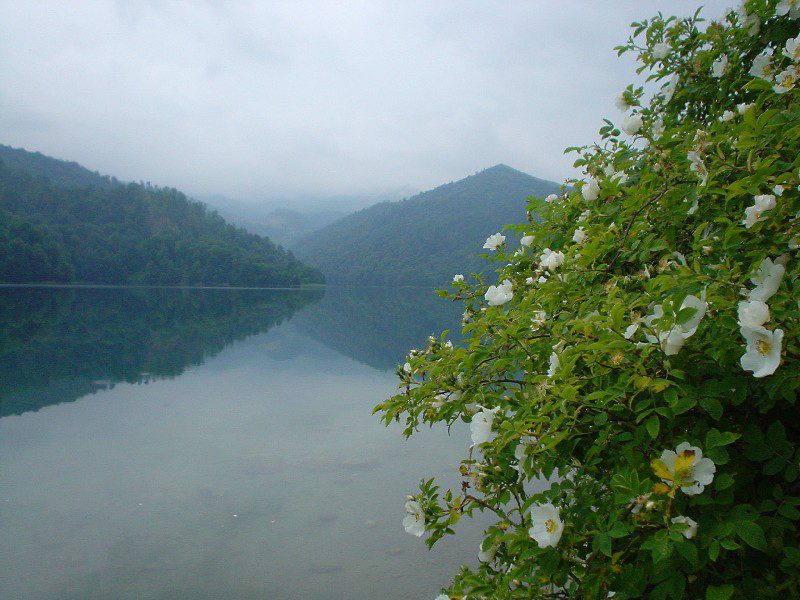
“Göygöl” translates as “blue”, which makes sense when you see the color of this impressive lake located at the foot of Mount Kepez in the Göygöl National Park. It is considered the central element of a series of lakes formed as a result of a strong earthquake in 1139. Surrounded by forests, it’s a great place to visit when the leaves start to turn yellow. There are hiking trails around this beautiful place, and the area is rich in wildlife, including bears, wolves, and jackals.
Winter
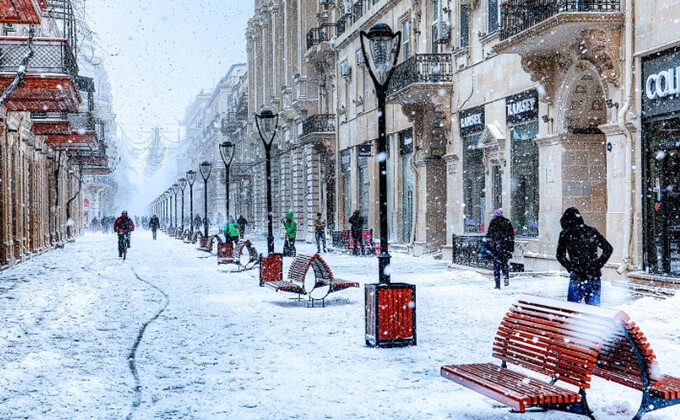
To sum up: even in the coldest period, Azerbaijan still has something to offer. The Caucasus Mountains come to life thanks to skiers looking for the perfect track, and the “Land of Fire” offers visitors many fascinating geographical phenomena.
Shahdag

Discover the captivating beauty of Shahdag, where ancient glaciers, deep valleys and breathtaking mountain lakes await you! Immerse yourself in an ecological paradise teeming with diverse plant and animal life! Located just 29 km from the city of Gusar in Azerbaijan, the Shahdag mountain resort got its name from the majestic Shahdag Mountain, towering at an impressive height of 4243 meters above sea level. This stunning peak is part of the magnificent Greater Caucasus Mountain range. Due to its strategic location near the Shahdag National Park, this resort complex offers unprecedented opportunities for skiing and a wide selection of winter and summer sports in Azerbaijan. It serves as a gateway to exciting adventures and unforgettable experiences on the slopes.
“The Land of Fire”

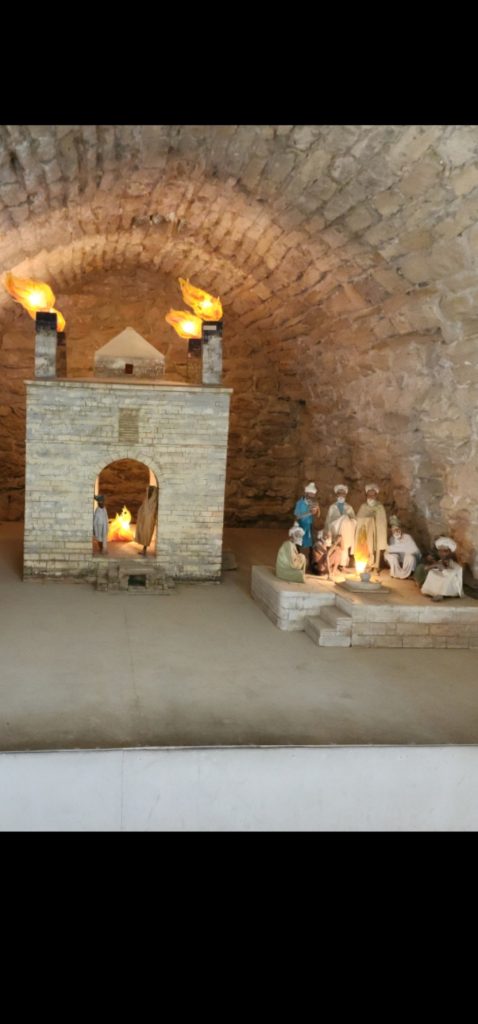

The Ateshgah Fire Temple, which was built for traders, travelers from Multan.
Due to natural gas reserves, extremely unusual wildfires occur in Azerbaijan. It is said that on the Absheron Peninsula, the gas rising to the surface in Yanar-Dagh (“burning mountainside”) remained burning for 4,000 years, regardless of rain or shine. The Ateshgah Fire Temple near Baku is also worth a visit, even though gas is now supplied from the grid.

Yanar Bulaq, Astara, Azerbaijan
But if you want to completely reverse your understanding of the elements, you just need the Yanar Bulag fire source. The source, located near Astara in the south of the country, produces both water and flame – or rather, water is easily ignited due to its methane content. People come from all over the world for water, which is said to be good for health.
Azerbaijani Carpets

Carpet Museum, Baku
Azerbaijani folk-applied art and its branch-carpet weaving occupy a special place in the history of the national culture of the people. According to archaeological materials and written sources, carpet weaving was engaged in Azerbaijan even from the Bronze Age. The city is associated with enthusiastic people from around the world who have enjoyable. A Chul picture decorated with flower images was discovered on the Hasanli Hill near Lake Urmia of golden glass (I millennia BC) the description of the glaze covered on the surface and other findings show the ancient history of carpet art in Azerbaijan. Remains of Palas and Carpets belonging to the I-III centuries were found during archaeological excavations in Mingachevir from catacomb graves.
Azerbaijan has 7 carpet-weaving schools due to their geographical location, patterns, composition, color solution, and technical features:
1.Guba
2. Baku or Absheron
3. Shirvan
4. Ganja
5. Gazakh
6. Karabakh
7. Tabriz
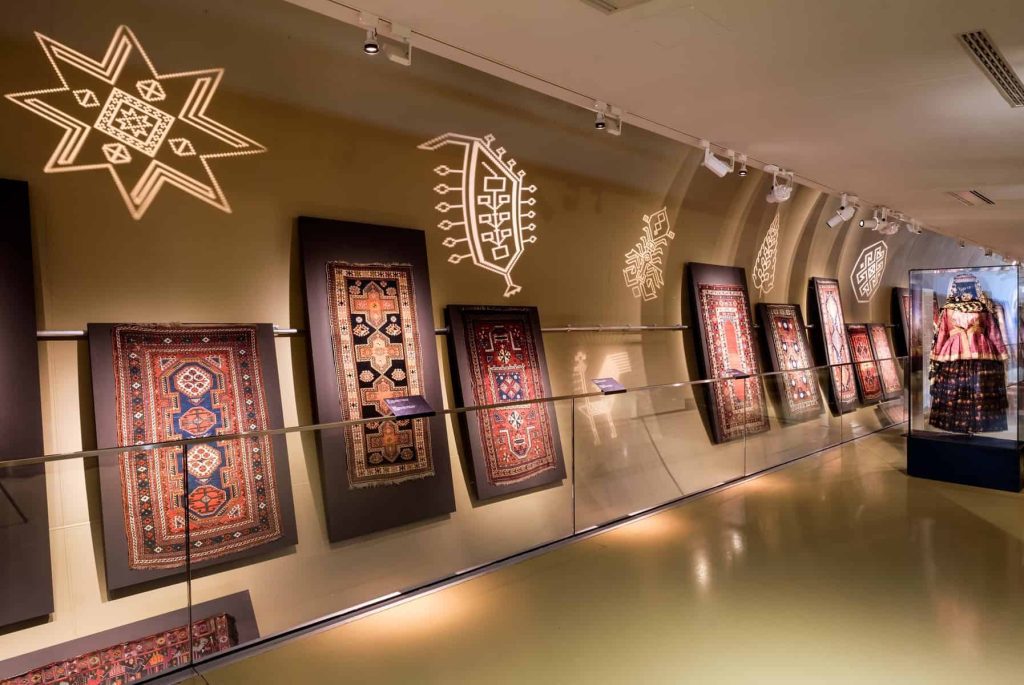
In Baku we have National Carpet Museum. The museum, which, naturally, is shaped like a rolled-up carpet, contains over 6000 artifacts that the institution calls the “nation’s most valuable heritage.” In 2010, Azerbaijani carpet art was included in UNESCO’s “representative list of the intangible cultural heritage of humanity.” President of the Azerbaijan Republic Ilham Aliyev always support not only carpet art, he also support art of mugham, ashug art. Thanks to the initiative and work of the President of the Heydar Aliyev Foundation, UNESCO, ISESCO goodwill ambassador Mehriban Aliyeva, the Azerbaijani cultural heritage is successfully promoted.
Mud Bath Treatment Azerbaijan
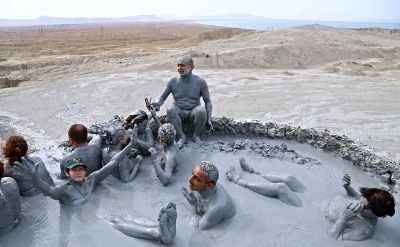
Azerbaijan may be known as a land of fire, but it is also a land of mud. There are more than 400 mud volcanoes in the country, including the largest in the world. To witness these gurgling oddities, take a day trip to Gobustan, about 25 miles (40 kilometers) from the center of Baku, where you can climb the slopes of volcanoes, and in some cases even take mud baths (although avoid those that contain radioactive material).


